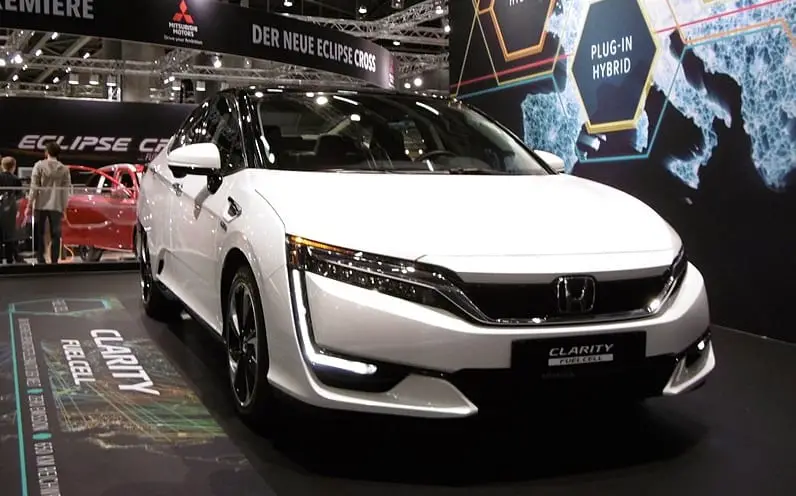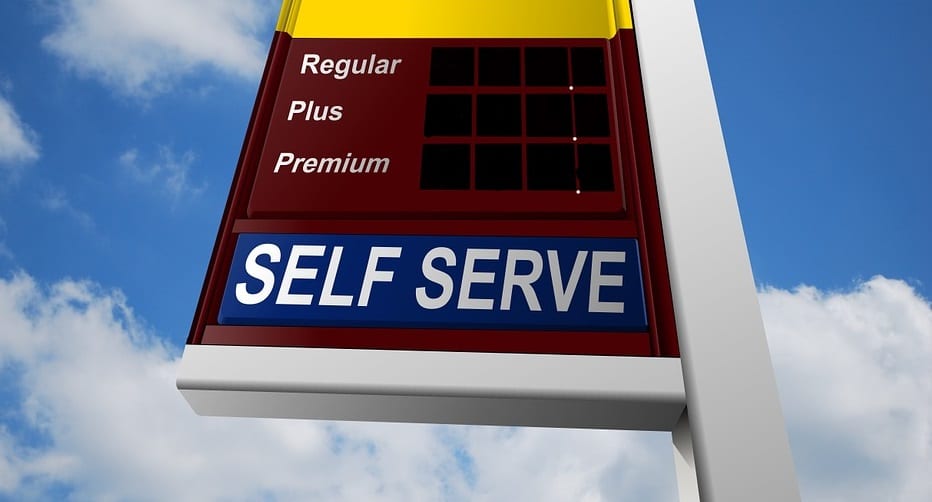
Honda begins offering its new 2018 Clarity Fuel Cell
April 12, 2018Honda’s latest fuel cell vehicle is now available for lease in California
Japanese automaker Honda has announced that its new 2018 Clarity Fuel Cell is now available for lease. Those interested in the new fuel cell vehicle can acquire it by signing a three-year lease at $369 a month, with $2,868 due at signing. The Clarity Fuel Cell is also eligible for a $5,000 rebate through California’s clean transportation program. The program is meant to encourage consumers to adopt clean vehicles by helping offset the overall cost of these cars.
Clarity Fuel Cell can travel for 366 miles on a single tank of hydrogen fuel
The three-year lease covers 20,000 miles per year and offers consumers $15,000 worth of hydrogen fuel. The Clarity Fuel Cell can travel 366 miles on a single tank of fuel, which translates into a fuel economy of 68 miles-per-gallon. The vehicle is currently available at 12 Honda dealerships in certain parts of California. Currently, these markets include Southern California, the San Francisco Bay Area, and Sacramento.
Honda sees promise in hydrogen fuel cells
Honda is one of only three major automakers that currently offer hydrogen-powered vehicles in California. The other two – Toyota and Hyundai – have managed to find modest success with their vehicles in the state. Honda has shown a great deal of interest in hydrogen fuel over the past few years and believes that fuel cells could be used to power new generations of vehicles that produce no harmful emissions and are more efficient than their battery-powered counterparts.
More states are expected to expand their hydrogen networks in the future
Fuel cell vehicles are still quite rare, with the majority of them being located in California. The state is home to the largest hydrogen infrastructure in the United States, making it an attractive market for companies like Honda. Hydrogen stations are quite rare in other parts of the country, which is why fuel cell vehicles have mostly been restricted to California. This will change in the coming years, however, as more states begin work to expand their own hydrogen infrastructures in order to support an influx of new vehicles.



 With over 15 years of reporting hydrogen news, we are your premier source for the latest updates and insights in hydrogen and renewable energy.
With over 15 years of reporting hydrogen news, we are your premier source for the latest updates and insights in hydrogen and renewable energy.